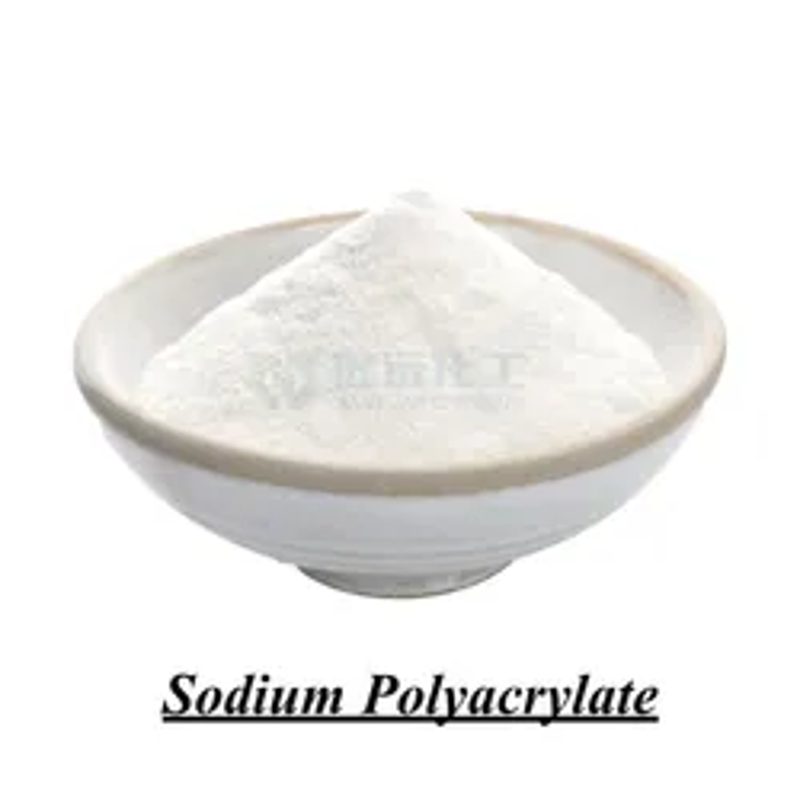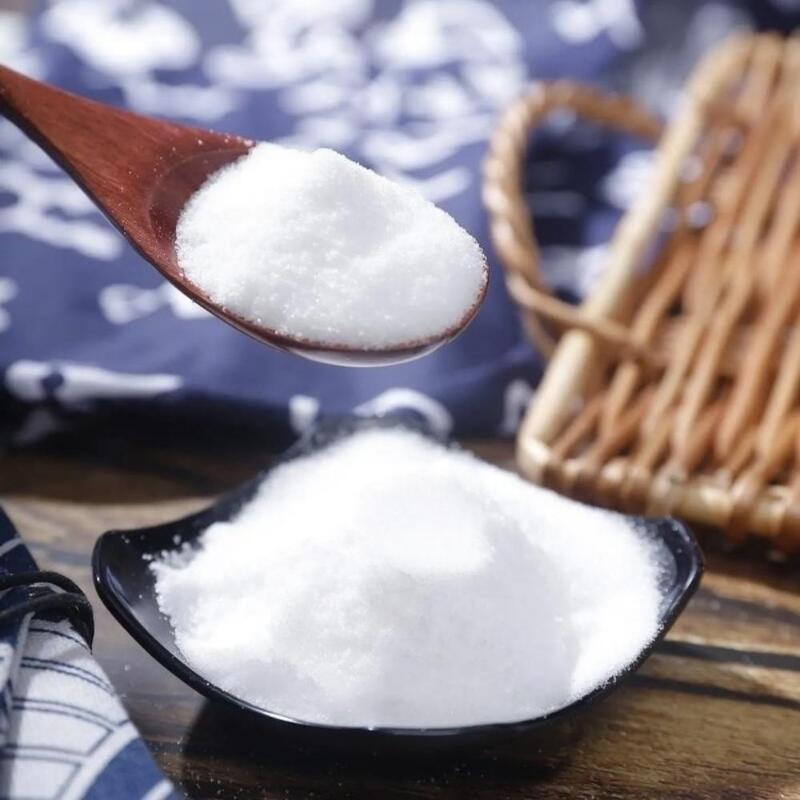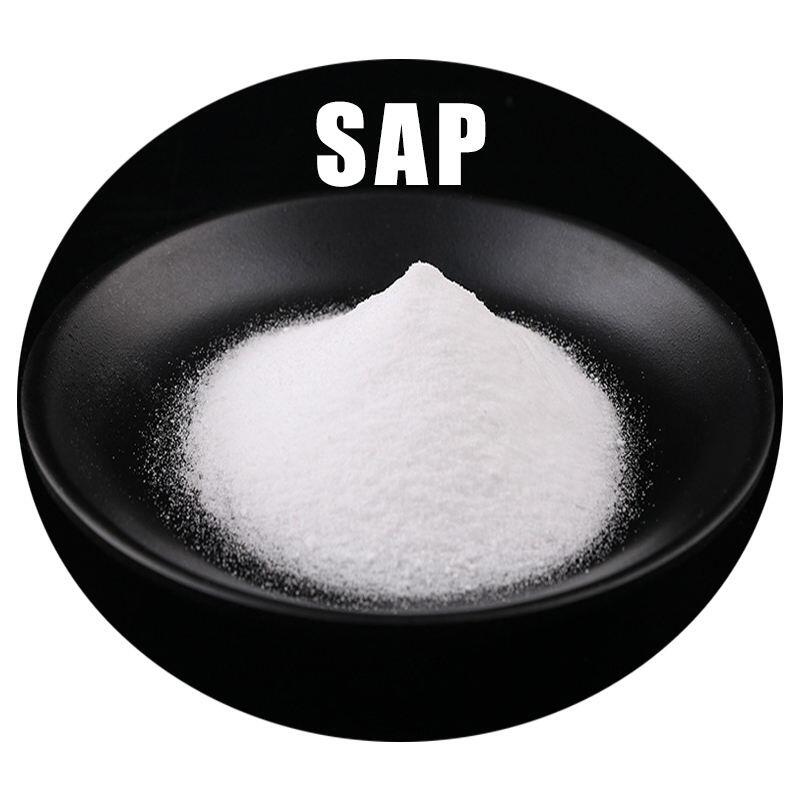-
Categories
-
Pharmaceutical Intermediates
-
Active Pharmaceutical Ingredients
-
Food Additives
- Industrial Coatings
- Agrochemicals
- Dyes and Pigments
- Surfactant
- Flavors and Fragrances
- Chemical Reagents
- Catalyst and Auxiliary
- Natural Products
- Inorganic Chemistry
-
Organic Chemistry
-
Biochemical Engineering
- Analytical Chemistry
-
Cosmetic Ingredient
- Water Treatment Chemical
-
Pharmaceutical Intermediates
Promotion
ECHEMI Mall
Wholesale
Weekly Price
Exhibition
News
-
Trade Service
The production of caseins, a type of milk protein, is an important process in the chemical industry.
There are several synthetic routes that can be used to manufacture caseins, each with its own advantages and disadvantages.
One of the most commonly used synthetic routes is the alkali treatment of casein.
This process involves treating casein with a strong alkali, such as sodium hydroxide, to break down the protein into its individual components.
These components are then further processed to produce the desired casein product.
This method is relatively simple and inexpensive but has a limited yield and can result in the formation of unwanted byproducts.
Another synthetic route is the acid hydrolysis of casein.
This process involves treating casein with a strong acid, such as hydrochloric acid, to break down the protein into its individual components.
These components are then further processed to produce the desired casein product.
This method is more efficient than the alkali treatment method and can result in a higher yield of the desired product.
However, it can be more expensive and require more complex equipment.
A third synthetic route is the enzymatic hydrolysis of casein.
This process involves using enzymes, such as proteases, to break down the casein protein into its individual components.
This method is more efficient and can result in a higher yield of the desired product than the alkali or acid hydrolysis methods.
However, it can be more expensive due to the cost of the enzymes and requires specialized equipment.
There are also several other synthetic routes that have been developed, including the use of microwaves, ultrasound, and electrical fields to break down the casein protein.
These methods have the advantage of being more efficient and resulting in a higher yield of the desired product.
However, they require specialized equipment and can be more expensive to implement.
The choice of synthetic route for the production of caseins will depend on a variety of factors, including the desired product, the availability of equipment and resources, and the cost of the process.
Ultimately, the best synthetic route for a particular application will be one that is efficient, cost-effective, and produces the desired product







